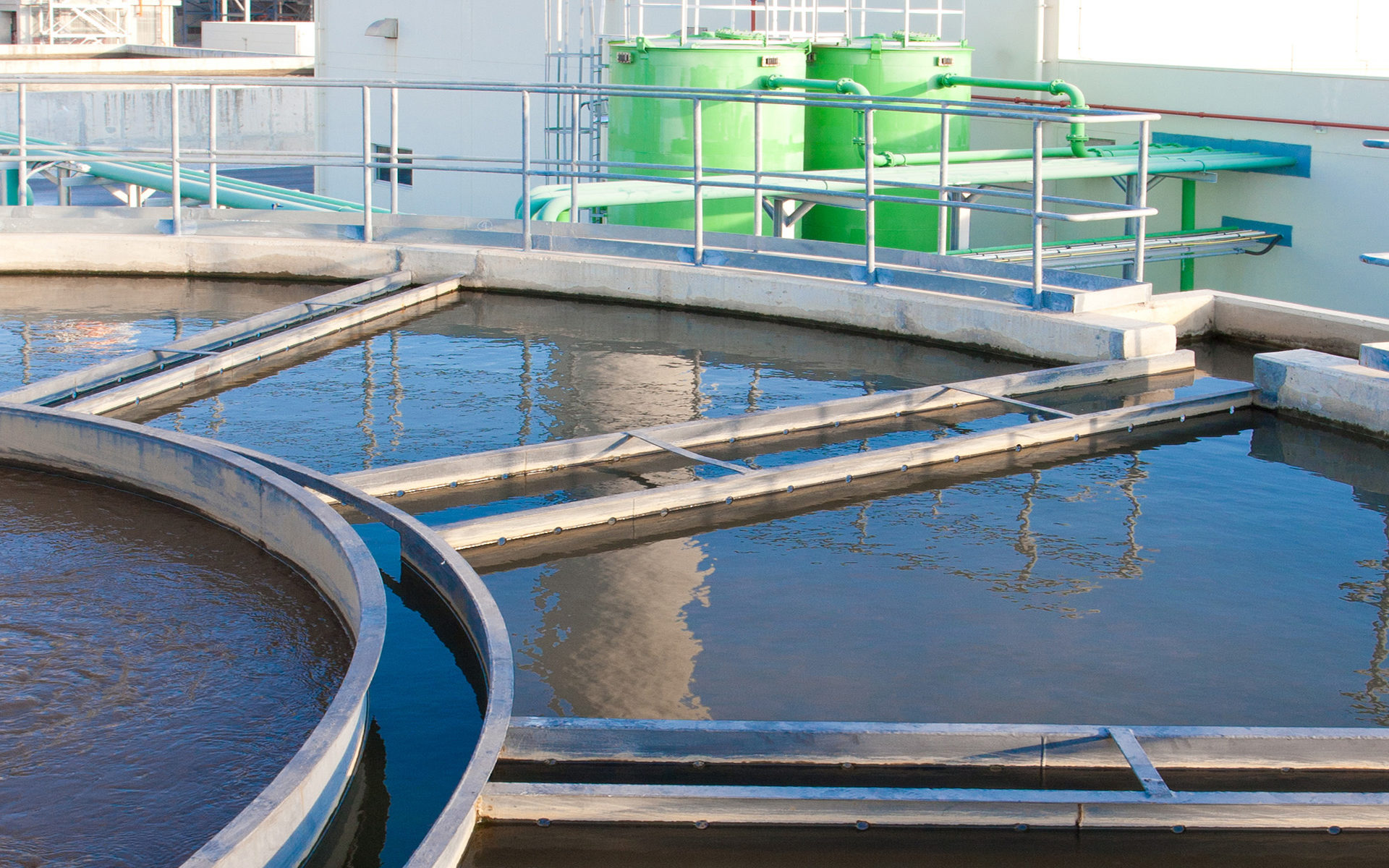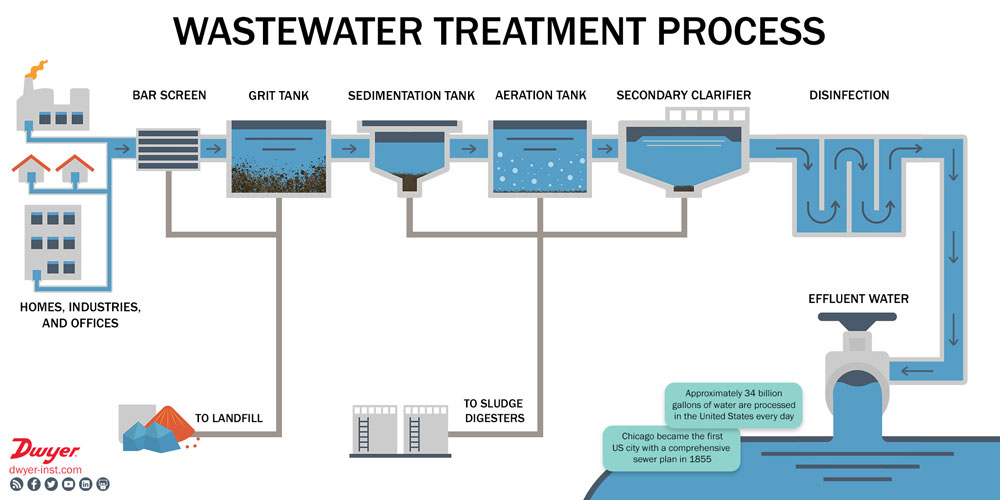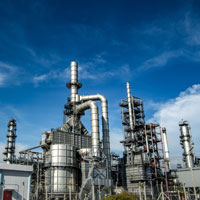
Concrete is used all around us as foundation for buildings and exterior surfaces, parking lots, sidewalks, countertops, and more. Although walking or riding a car on concrete is a daily occurrence, it’s easy to overlook the basic elements that go into this essential of modern living.
Concrete is made of a few basic components:
- Sand and/or aggregate
- Cement, comprised of limestone and clay that have been crushed and mixed into a fine powder solution
- Water
Of these components, the ratio of water to cement is particularly important. Continue reading “The Importance of Water in Concrete Mixing”

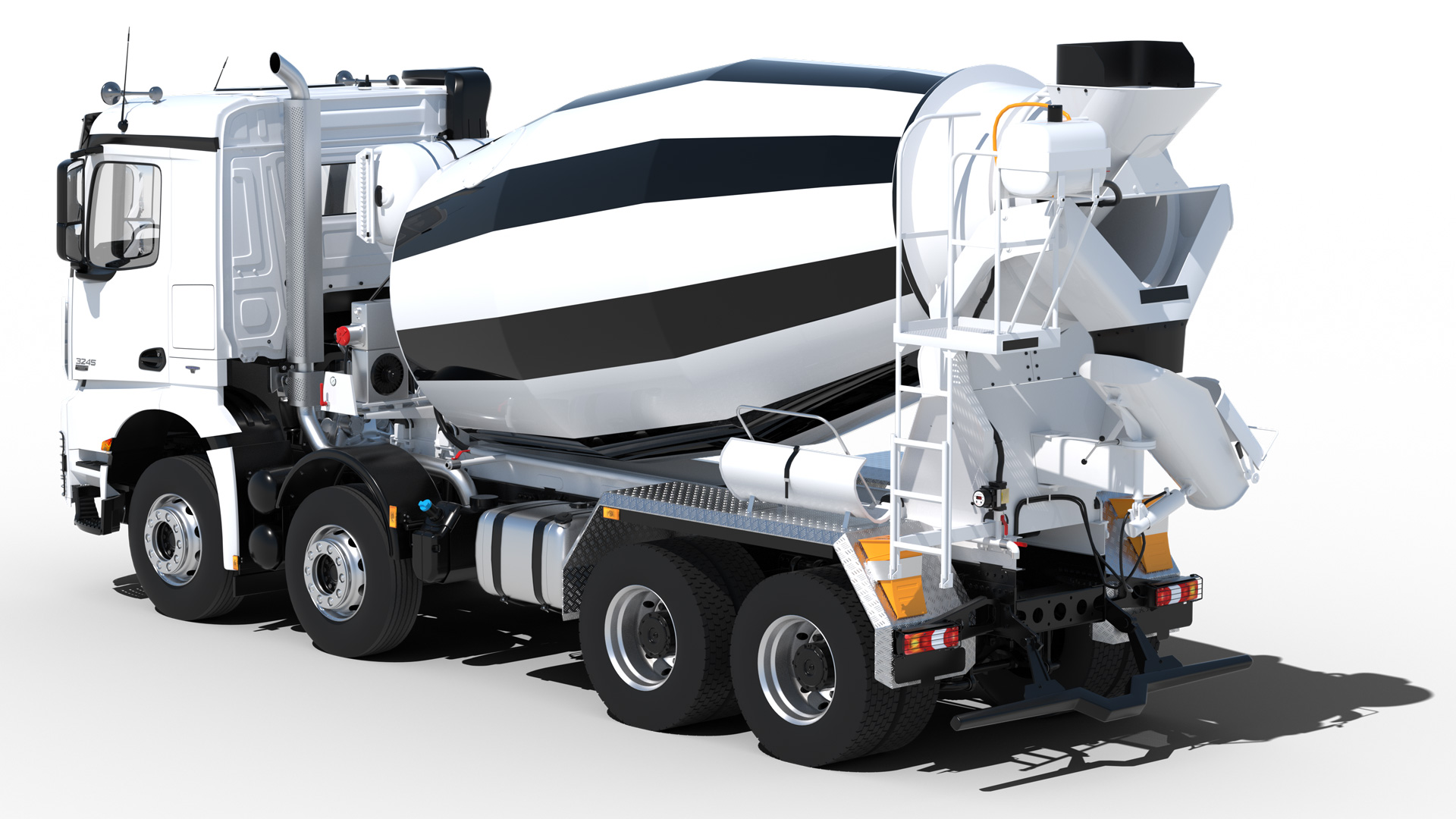
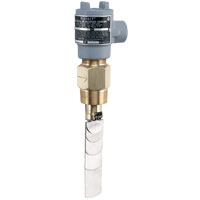


 The 2022 AHR Expo is over, and the Dwyer team has settled back into our normal day-to-day. For those of us in the Midwest, we were greeted with a few feet of snow when our planes landed back home. It was a big shift from the clear skies of Vegas!
The 2022 AHR Expo is over, and the Dwyer team has settled back into our normal day-to-day. For those of us in the Midwest, we were greeted with a few feet of snow when our planes landed back home. It was a big shift from the clear skies of Vegas! 